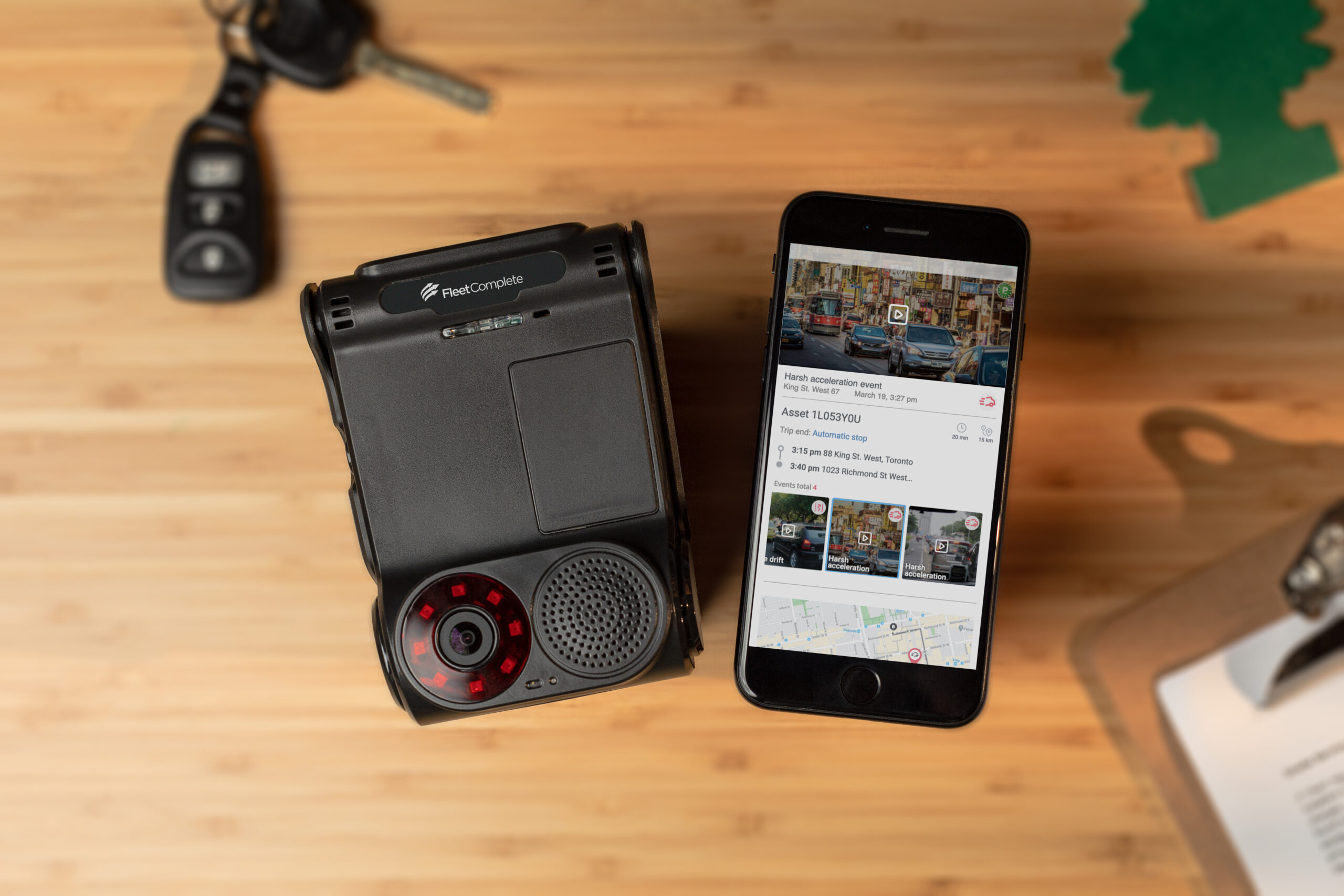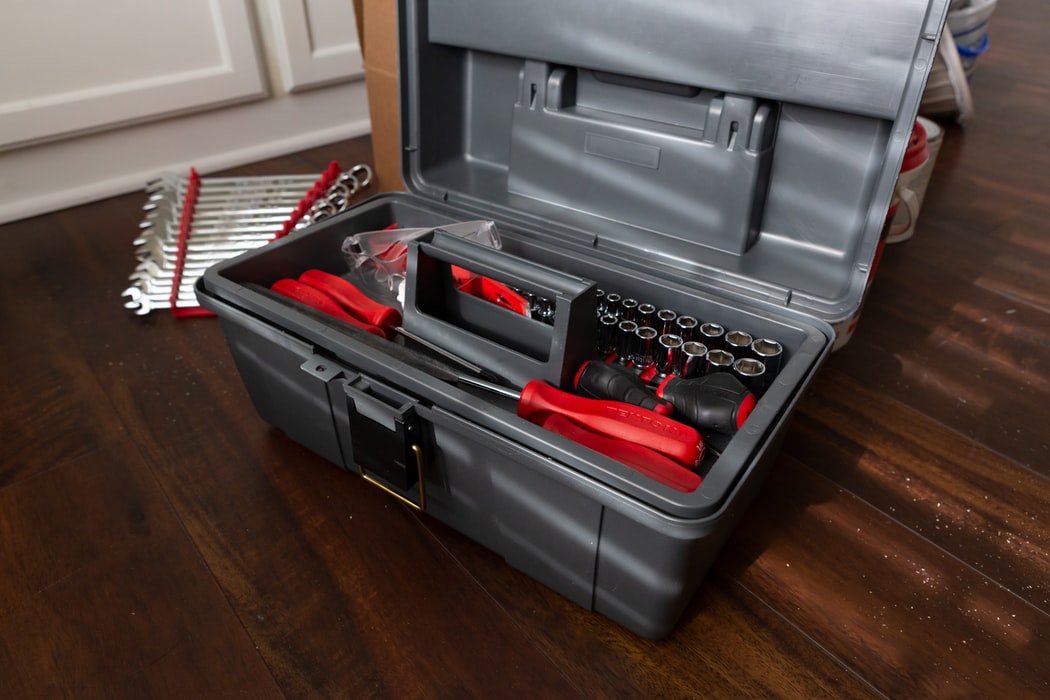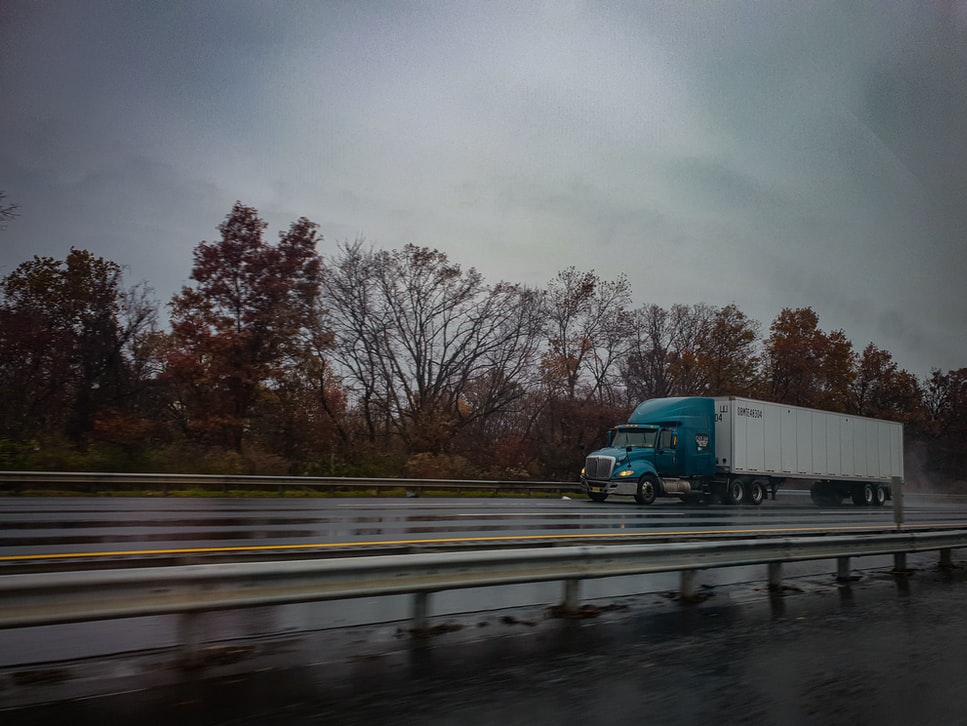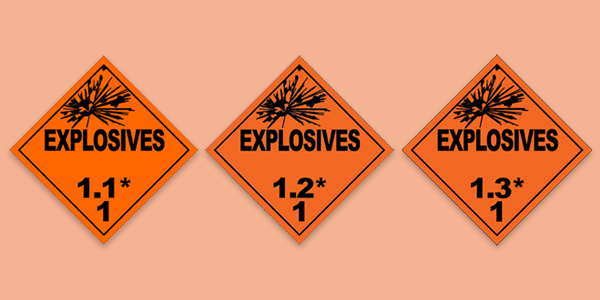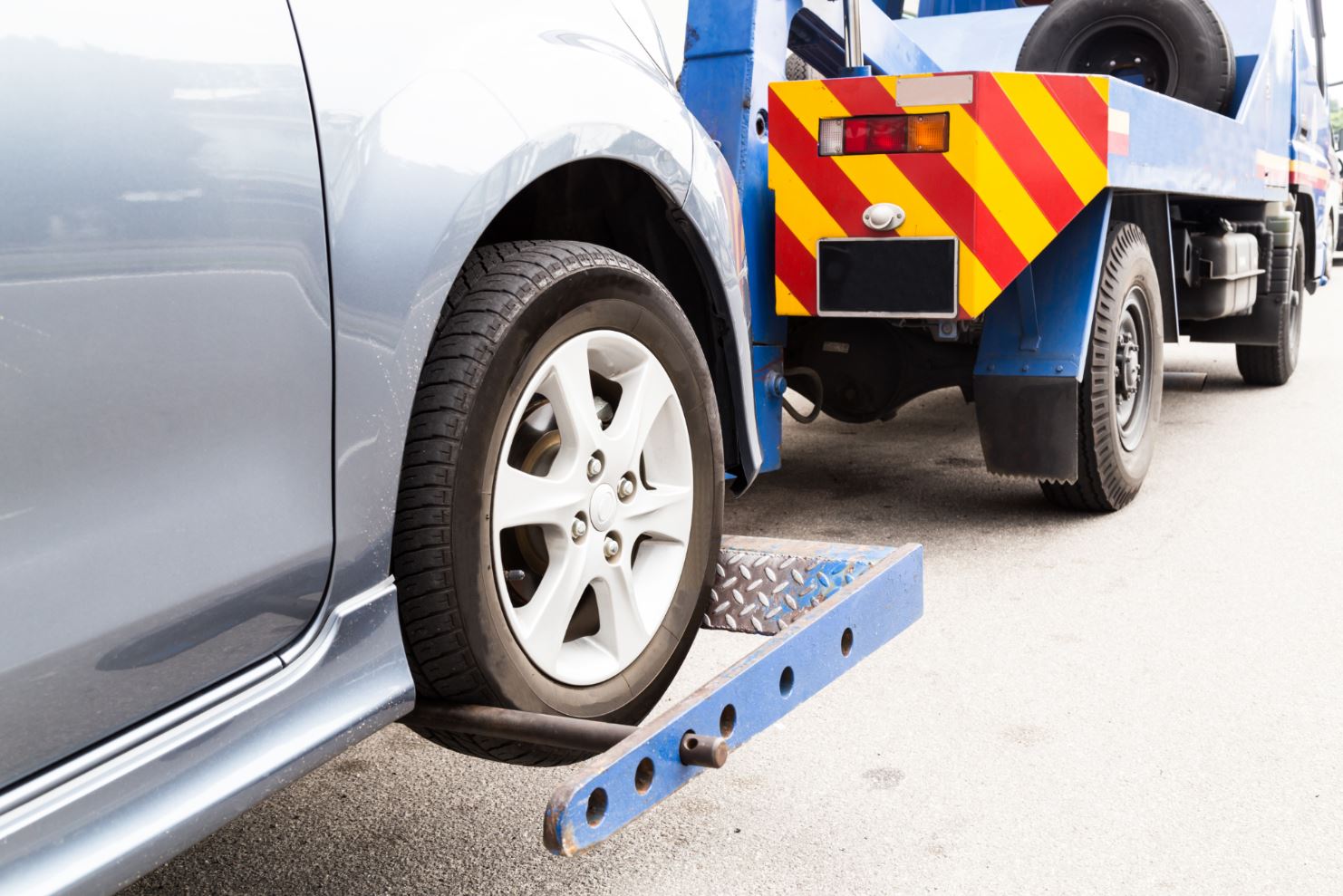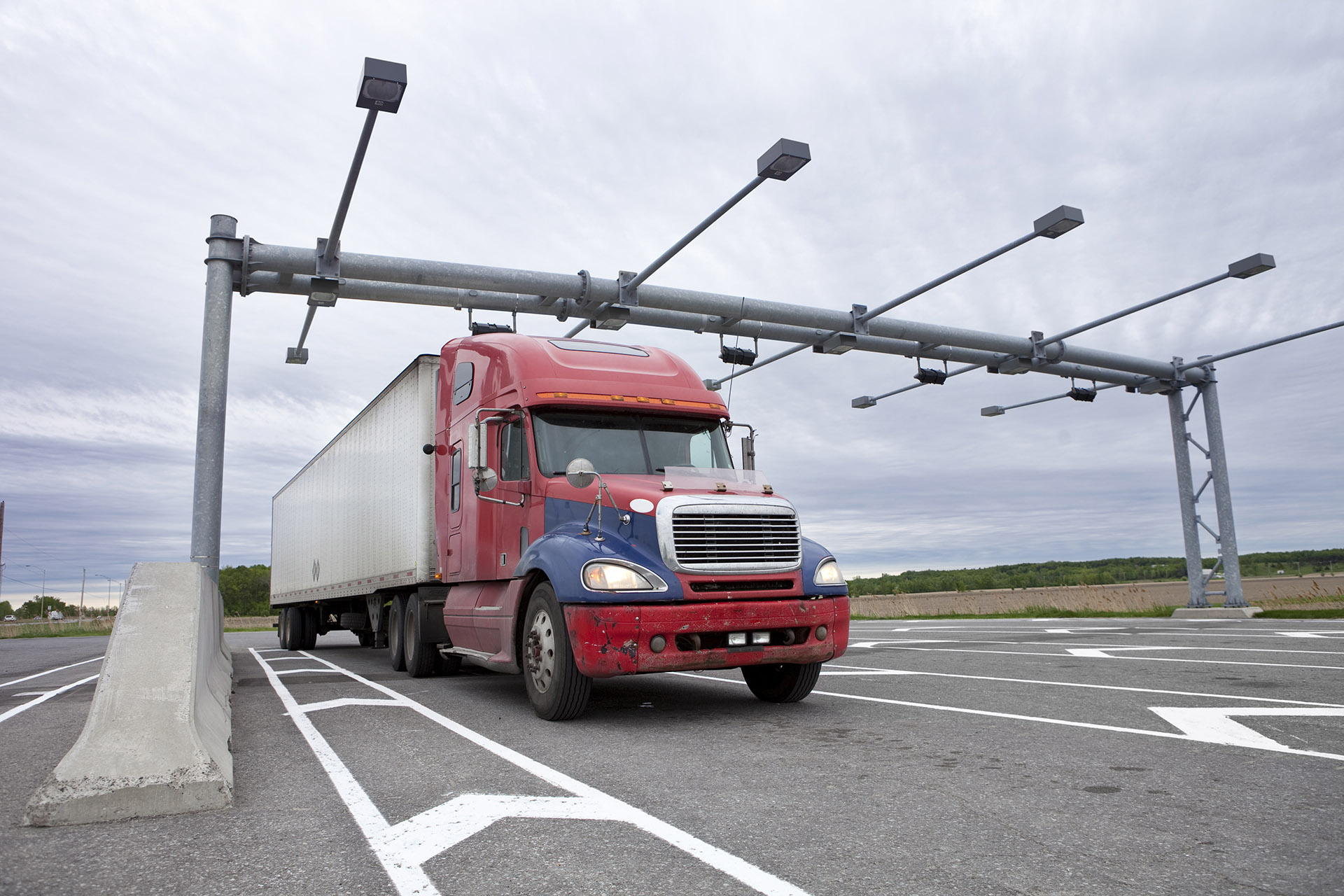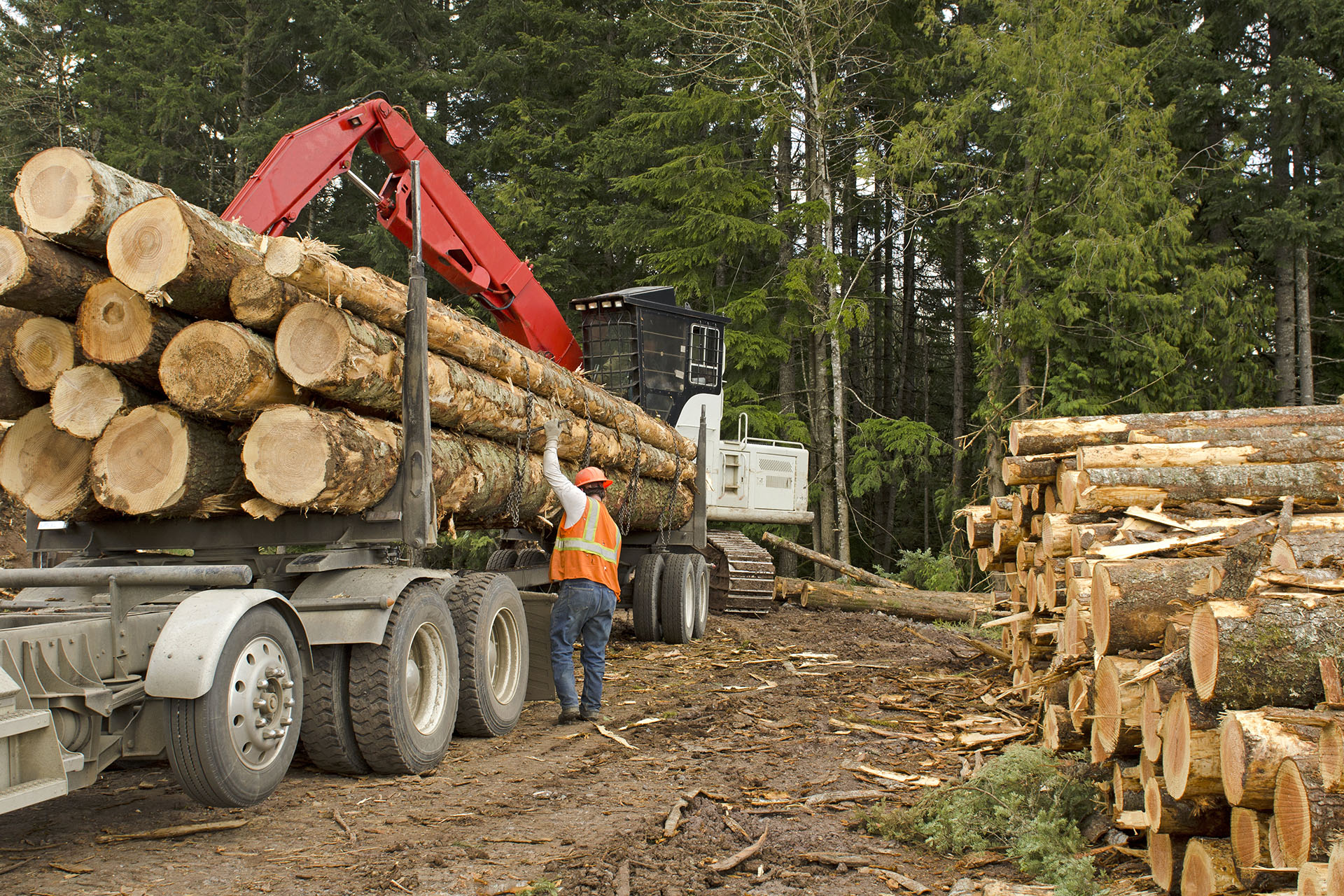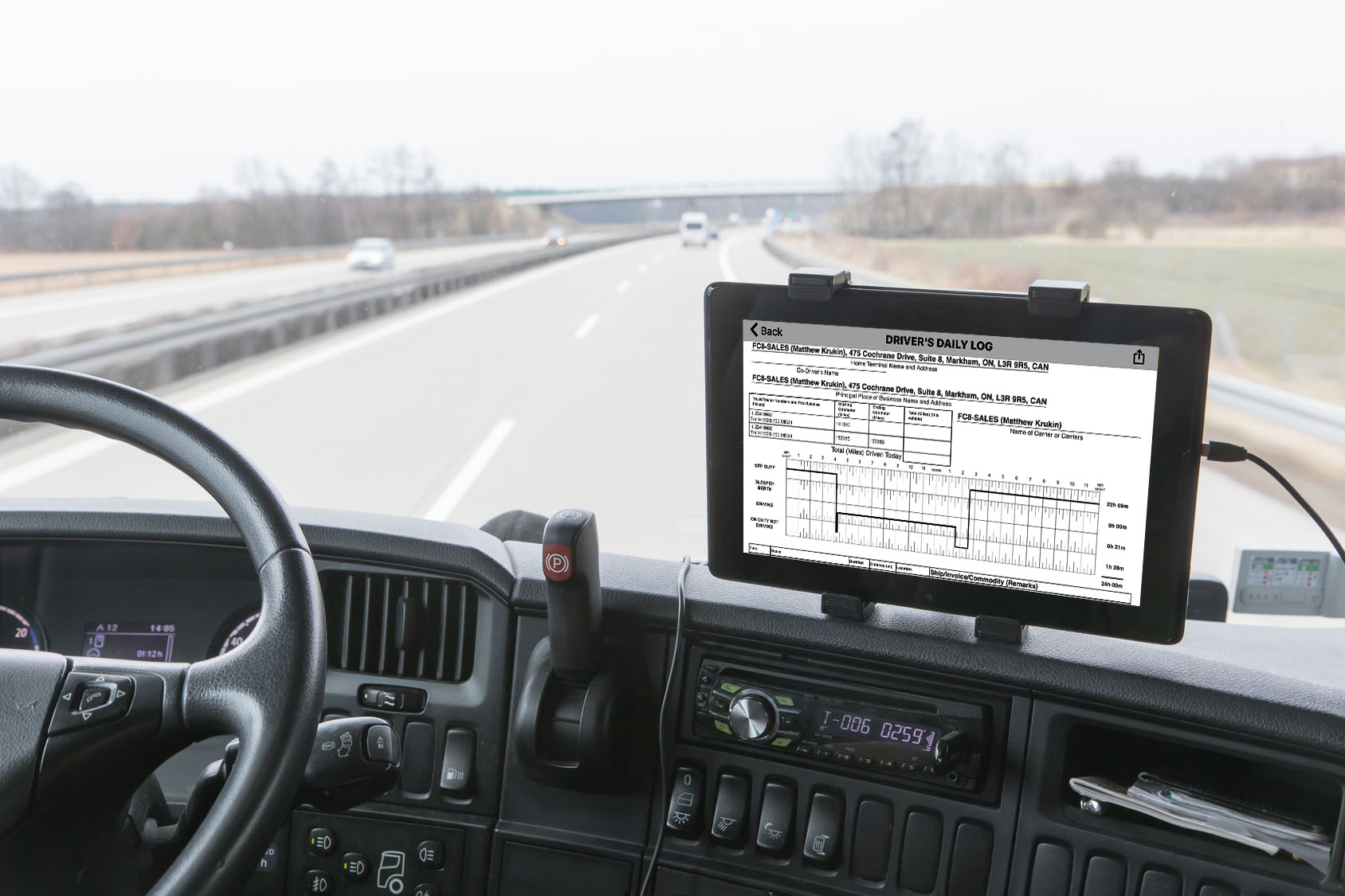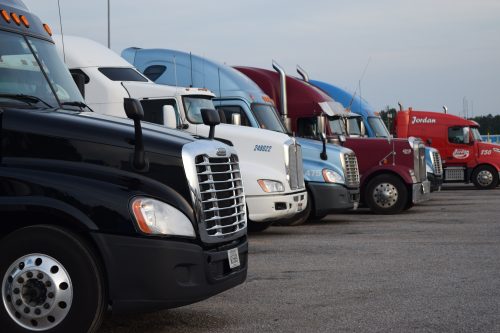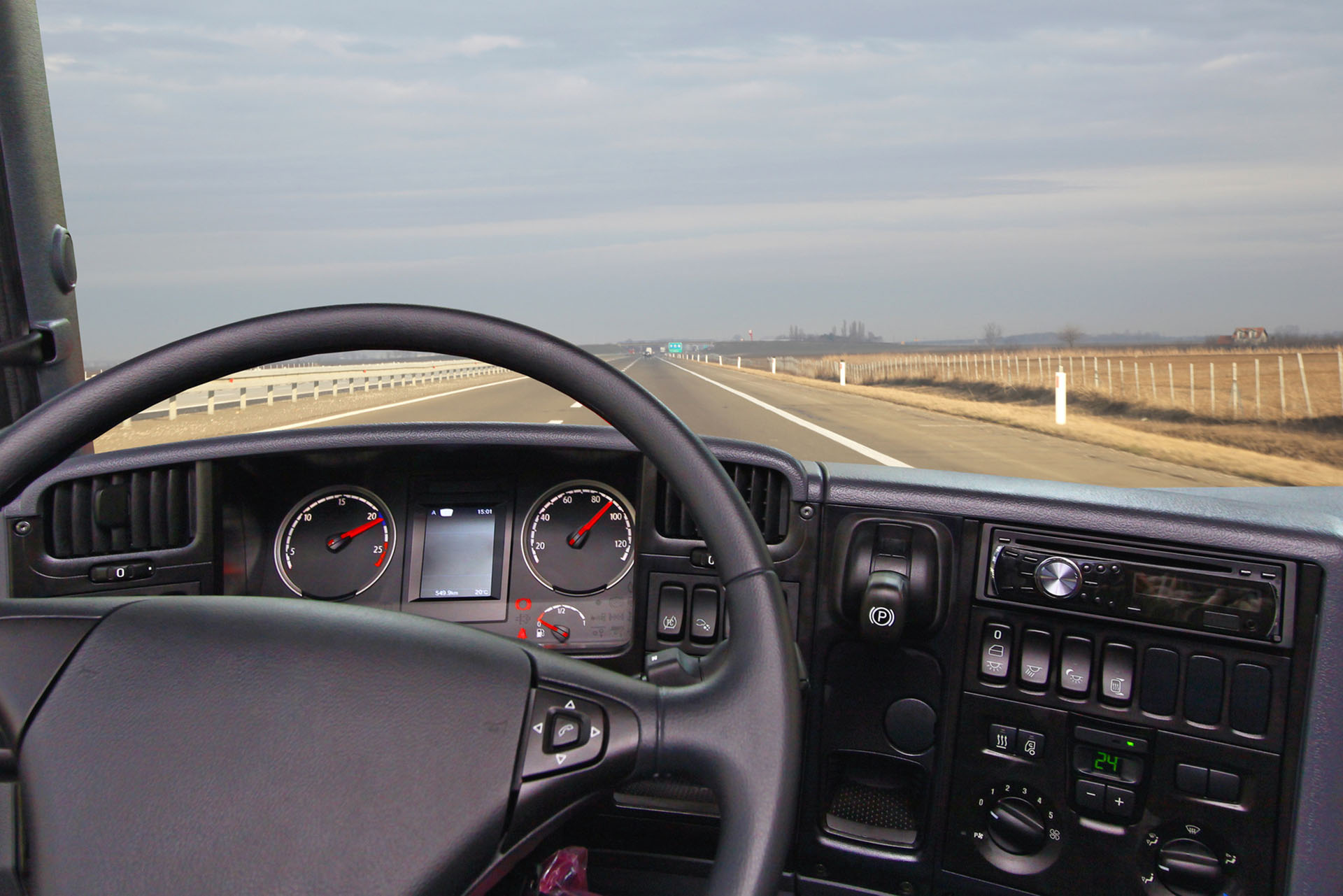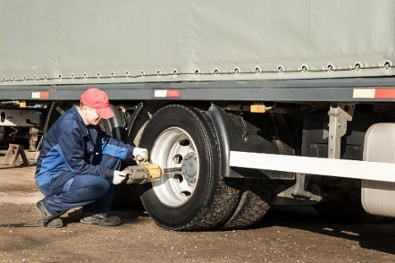At the beginning of June this year, Department of Transportation (DOT) in the U.S. and Ministry of Transportation (MTO) in Canada held a national Roadcheck event. I ventured out bright and early to visit the Oakville South Truck Inspection Station in Oakville, Ontario.
The purpose of the visit was to witness the ‘Day in the Life of a MTO Officer’, and to see how they interact with the trucking industry that deliver our goods every day.
I felt especially nostalgic because I used to be an MTO Inspector working at a Truck Inspection Station back in the late 1980’s when the International Roadcheck was first launched, and I haven’t been back in almost 20 years now.
I imagine a lot has changed over the years.
For those of you that are unaware of the Roadcheck program, it is an annual 3-day event when CVSA-certified Inspectors conduct compliance, enforcement and educational initiatives targeted at various elements of motor carrier, vehicle and driver safety.
Roadcheck is in fact the largest targeted enforcement program on commercial motor vehicles in the world.
Approximately 15 trucks or buses are inspected, on average, every minute across North America during this 3-day Blitz! Since its inception in 1988, roadside inspections conducted during Roadcheck have numbered more than 1.4 million.
Roadcheck also provides an opportunity for the enforcement community to educate industry and the public about the importance of safe commercial vehicle operations and the roadside inspection program.
Therefore, a team of Fleet Complete professionals have joined me to better understand what takes place at a Truck Inspection Station on a daily basis.
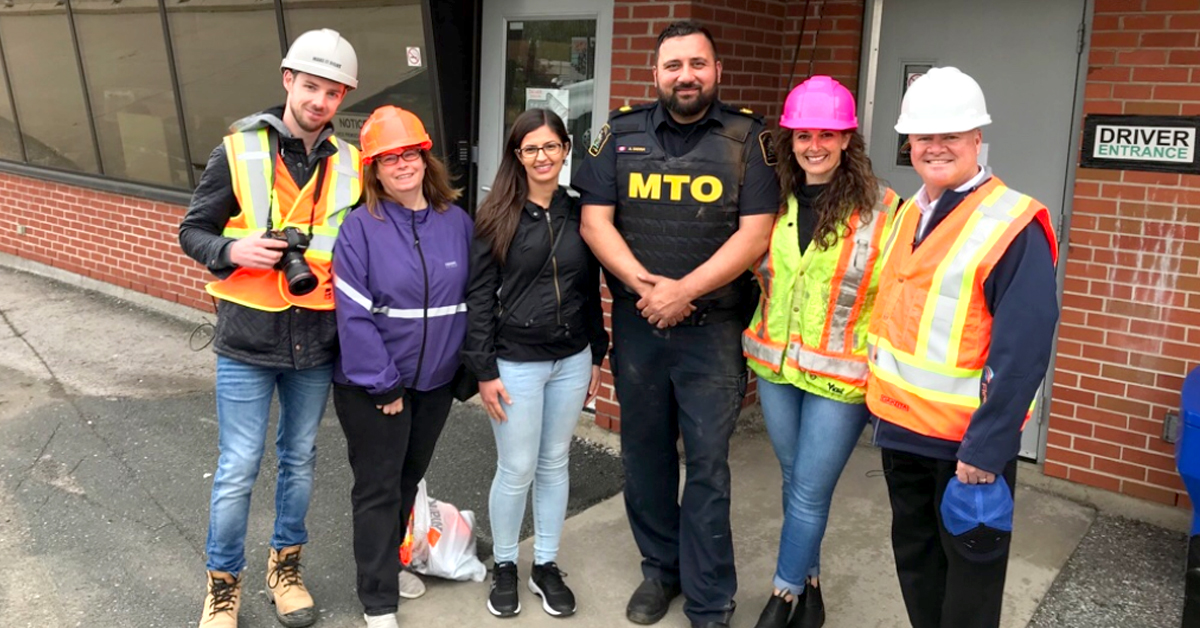
CVSA sponsors this international event with participation from the Federal Motor Carrier Safety Administration (FMCSA), State Agencies, Transport Canada and provincial governments as well as the Secretariat of Communications and Transportation in Mexico.
Over the duration of 72 hours, commercial motor vehicle Inspectors in these jurisdictions conduct inspections on commercial motor vehicles and drivers.
Each year, Roadcheck places special emphasis on a category of violations. This year’s focus is on steering and suspension systems.

While checking vehicle compliance is always part of the North American Standard Inspection Program, CVSA is highlighting steering components and suspension systems this year as a reminder of their importance to highway safety.
Steering and suspensions components are safety critical systems for any commercial motor vehicle. Not only do they support the heavy loads carried by trucks and buses, but they also help maintain stability and control while a vehicle is either accelerating or braking. The goal is to keep the vehicle safely on the road. Furthermore, these components are designed to keep tires in alignment to reduce the chances of uneven tire wear, and possible tire failure. These components are also designed to maximize the contact between the tires and the road to provide steering stability and good handling.
North American Standard Level I Inspection
During Roadcheck, CVSA-certified inspectors will primarily conduct the North American Standard Level I Inspection.
This is what is called in the industry “The Full Monty!”
Essentially, this is a 37-step procedure that includes an examination of driver’s operating requirements, and a vehicle’s mechanical fitness.
An Inspector will also inspect the undercarriage of vehicles to confirm, among other safety items, that steering, and suspension components comply with the CVSA criteria and get CVSA decals put on their vehicles.
Level II – V Inspection
Inspectors have the discretion to conduct a Level II Walk-Around Driver and Vehicle Inspection, a Level III Driver, Credential, Administrative Inspection, or even Level V Vehicle-Only Inspection.
 The vehicle inspection includes all the checking all the safety critical components of a vehicle such as: brake systems; cargo securement; coupling devices; driveline/driveshaft; driver’s seat; exhaust systems; frames; fuel systems; lighting devices (headlamps, tail lamps, stop lamps, turn signals and lamps/flags on projecting loads); steering mechanisms; suspensions; tires; van and open-top trailer bodies; wheels, rims and hubs; windshield wipers.
The vehicle inspection includes all the checking all the safety critical components of a vehicle such as: brake systems; cargo securement; coupling devices; driveline/driveshaft; driver’s seat; exhaust systems; frames; fuel systems; lighting devices (headlamps, tail lamps, stop lamps, turn signals and lamps/flags on projecting loads); steering mechanisms; suspensions; tires; van and open-top trailer bodies; wheels, rims and hubs; windshield wipers.
Additional items on buses, motor coaches, passenger vans or other passenger-carrying vehicles include emergency exits, electrical cables and systems in engine and battery compartments, and seating, both temporary and aisle seats.
Drivers are required to provide their driver’s license, Medical Examiner’s Certificate and Skill Performance Evaluation Certificate (if applicable), driver’s record of duty status including hours or service logs and vehicle inspection report(s) (if and when applicable).
Inspectors will also check drivers for seat belt usage, sickness, fatigue and apparent alcohol and/or drug impairment.
As I mentioned above, if no critical vehicle inspection item violations are found during a Level I or Level V Inspection, a CVSA decal will be applied to the vehicle, indicating that the vehicle successfully passed a decal-eligible inspection conducted by a CVSA-certified inspector.
It’s important to note that if a rear impact guard is required and violations are present, a CVSA decal shall not be issued.
If an inspector does identify critical vehicle inspection item violations, he or she may render the vehicle out of service if the condition meets the North American Standard Out-of-Service Criteria.
This means the vehicle cannot be operated until the vehicle violation(s) are corrected.
A driver can also be placed out of service for driver credential-related issues or driver conditions, such as hours of service violation that contributes to fatigue or impairment.
Out-of-service orders and the number, type and severity of safety violations affect a motor carrier’s Compliance, Safety, Accountability (CSA) score and its Safety Fitness Determination rating in the U.S. and National Safety Code and Provincial regulatory safety programs such as CVOR in Ontario.
CSA is the safety compliance and enforcement program of the Federal Motor Carrier Safety Administration (FMCSA) designed to improve safety and prevent commercial motor vehicle crashes, injuries and fatalities by holding motor carriers and drivers accountable for their role in safety.
It is important to note that aside from the increased inspections, Inspectors are not really doing anything differently than any other day.
Inspections performed during Roadcheck are the same inspections that are conducted the day before the event starts, and the day after it concludes, as well as any other day of the year.
It’s important to remember that inspections are conducted 365 days a year.
The enforcement community publicly announce the dates of Roadcheck in advance because they want all vehicles on our roadways to be safe and compliant.
The vast majority of motor carriers that are inspected during Roadcheck pass with flying colors and have nothing to be concerned about. Motor carriers that do not choose not to comply will eventually find themselves on the wrong end of one of these enforcement Blitz.
At the end of the day, the goal is to keep everyone on our highways safe, and to prevent crashes, injuries, and fatalities related to large trucks and buses on our Nation’s roads. An important step in achieving the mission is to identify unsafe motor carriers and prioritize enforcement resources on those that pose the greatest safety risk through such events as Roadcheck.
If you have any questions about the upcoming Roadcheck event in September, drop me a line and I will be happy to answer any of your questions.
Have a safe and productive day!














